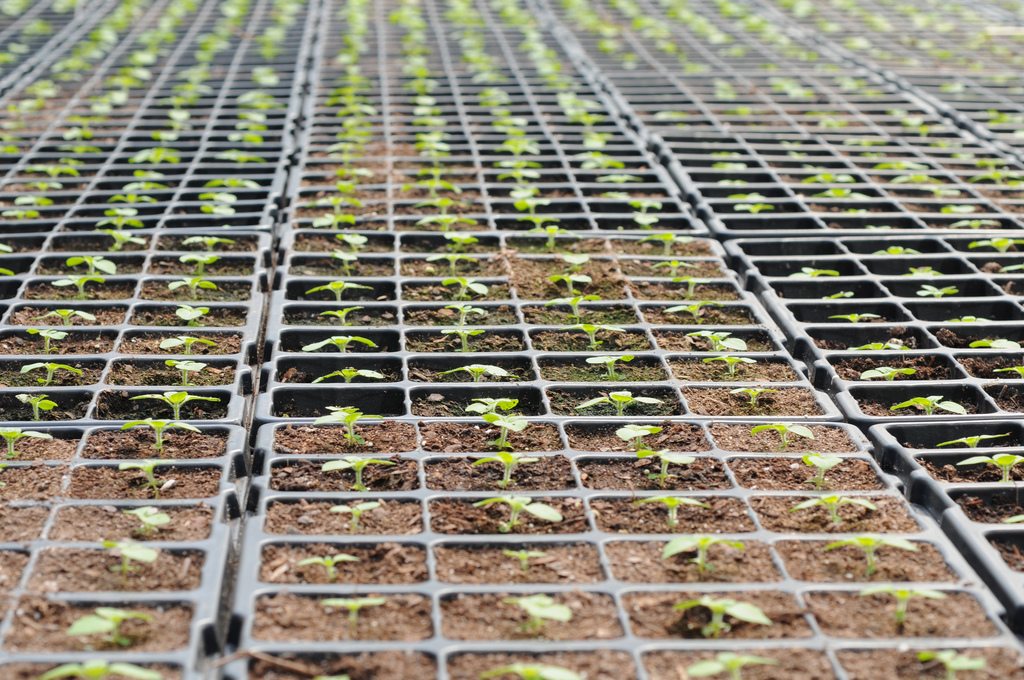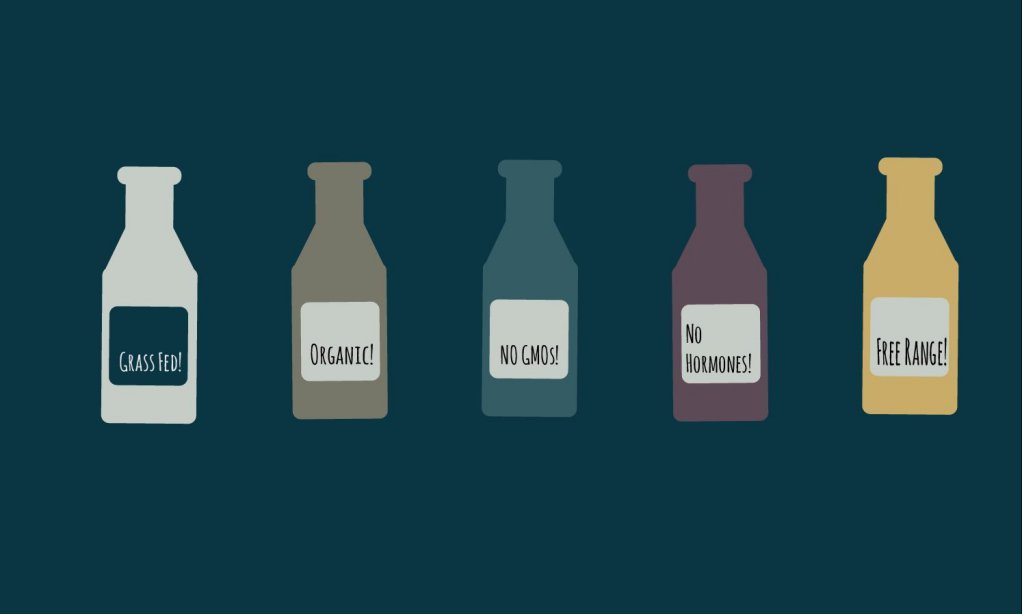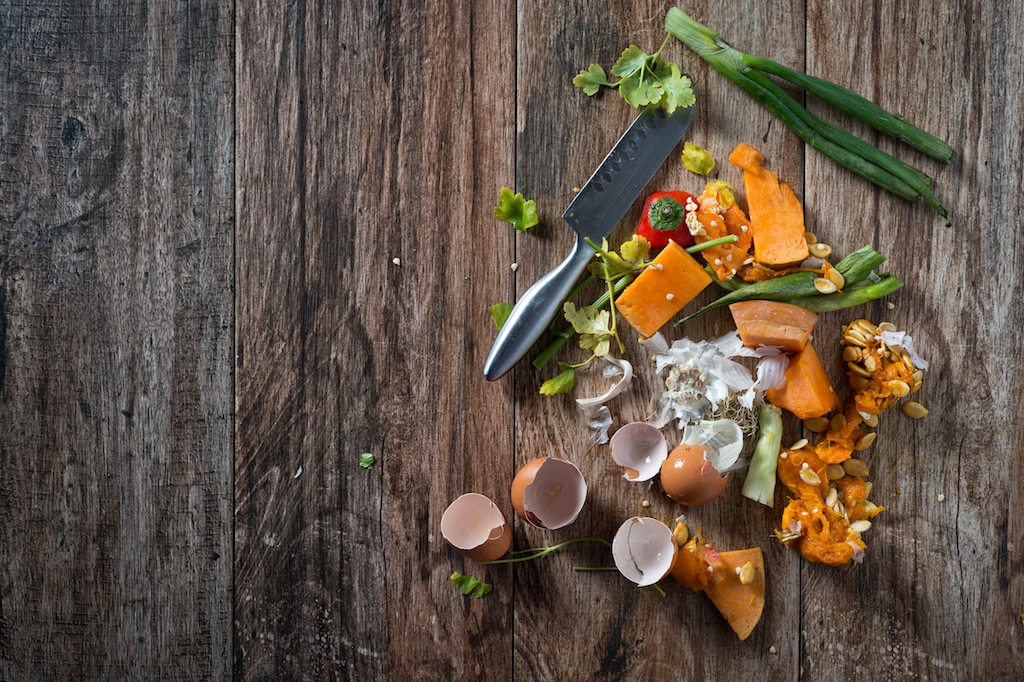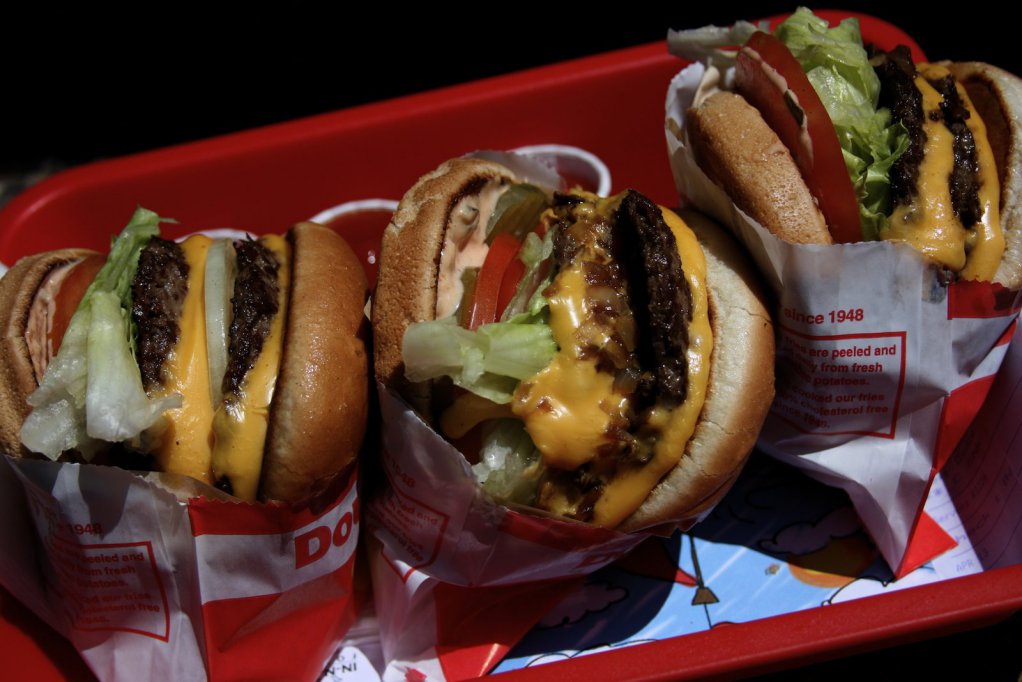If you’ve ever felt like your favorite snacks are a little too sweet, you aren’t alone. A new study of 400,000 Amazon reviews of food and beverages shows, to researchers’ surprise, that people find many foods to be too sweet.
A team of researchers at the Monell Center, a 52-year-old research center that studies taste and smell, found that 11 percent of those product reviews mentioned sweet taste, almost three times more than the ones that mentioned bitter. Of the reviews that mentioned sweet taste, over 7000 of them referred to foods that were overly sweet.
The ratio of complaints—too sweet to not sweet enough—was 25 to 1. Researcher Danielle Reed, a behavioral geneticist with a Ph.D. in Psychology from Yale, said she was shocked by the results as it was “something that never occurred” to her.
The study was intended to look at the ways people reported bitterness in products. Reed’s particular field of interest is people who are “bitter blind”—like color-blind—and don’t process bitter flavors like Brussels sprouts.
She obtained an Amazon review dataset from the open-source data site Kaggle, where data is publicly available under a Creative Commons license. But when she began to look through the comments, she found that most people were preoccupied with sweet flavors, not bitter.
Several variables might affect a person’s perception of sweetness—from the level of sweeteners in processed foods to manufacturers using sugar, which is cheap, instead of a pricier alternative, according to Reed. “The data don’t speak to which of those possibilities is the explanation. Perhaps all of them,” she said.
The data could be good news for Americans who eat too much sugar. The American Heart Association recommends that men and women ingest only six to nine teaspoons of sugar daily—six for women, nine for men—but the average American consumes 17 teaspoons of sugar every day, with health consequences that include weight gain, tooth decay, and increased risk of heart disease.
Unlike, say, fatty foods, which people appear to be able to consume perpetually, without hitting a breaking point, research has shown we have marked limits on sugar and salt. In Michael Moss’s Salt Sugar Fat: How the Food Giants Hooked Us, he refers to this threshold as our “bliss point”: “[O]ur liking for sugary concentrations goes only so far. After a point … adding more sugar only lessens the appeal.”
And yet, sugar is ubiquitous. Added sugars, in particular, are hard to avoid because they are multipurpose and can improve the texture, color, and flavor of baked goods, as well as act as a preservative for jams and jellies. Their use is so widespread that recent efforts to control consumption have focused on labeling laws that disclose them.
The Monell study also looked at “polarizing foods” that some people enjoy and others can’t stand, including Special K Cereal, Ghost Chili Pepper, Enjoy Life Chewy Bars, and Red Vines. At some point Reed hopes to expand her research to see if preference aligned with genetic predisposition, but she understands the privacy and ethical concerns that come with this type of research.
Still, if there were subjects willing to share genetic data, such research might enable nutritionists to recommend healthy foods based on an individual’s individual profile and preferences—improving the odds of a better diet.
“It seems cruel to tell people who taste certain vegetables as really bitter to eat more broccoli,” she said.











